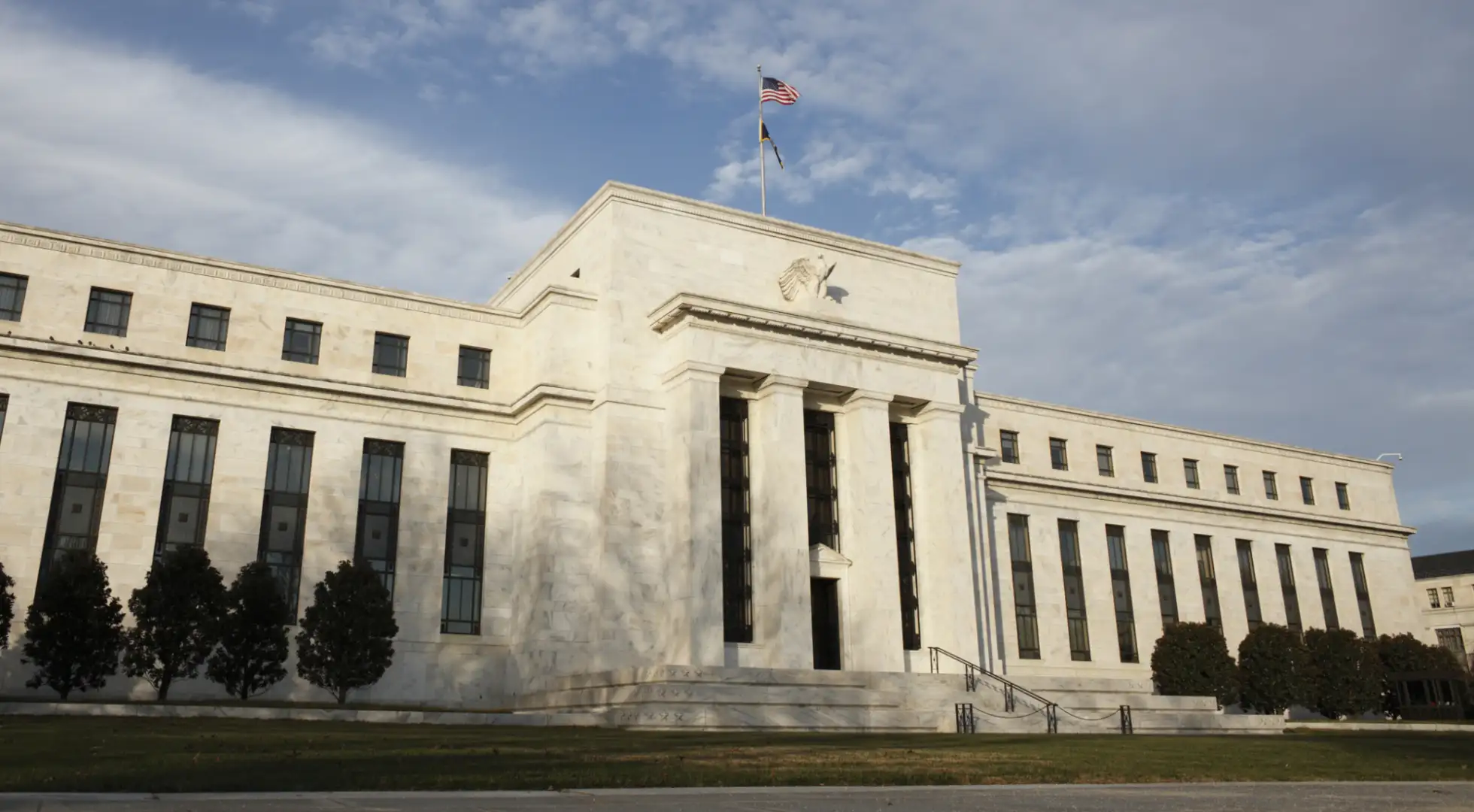Mortgage Rates Today, Sep. 18, 2024: Fed Day Finally Arrives

The average 30-year fixed rate mortgage is 5.63% today, an increase of 0.04% since yesterday. The 15-year fixed mortgage rate stands at 4.65%, up by 0.08%. The 30-year FHA mortgage now averages 5.02%, having risen by 0.05. Meanwhile, the 30-year jumbo mortgage rate is 6.17%, reflecting an increase of 0.01%.
In brief
There was a time when markets barely noticed meetings of the Federal Reserve's rate-setting committee. But the current meeting — culminating in two document releases and a news conference early this afternoon — may be the most consequential in decades.
And nothing else is likely to matter to mortgage rates today.
We fear that the Fed will be unable to meet the sky-high expectations in the market that largely determines mortgage rates. And, if we're right, those rates might rise, perhaps significantly.
But that's far from certain. So, fingers crossed that the Fed comes up with some way to placate expectant markets.
We doubt that would push mortgage rates much lower. But it's a lot better than the alternative.
Mortgage Rate Trends: Past 90 Days
Purchase Rates
| Loan Type | Rate | APR | Daily Change | Monthly Change |
|---|---|---|---|---|
| 30-Year Fixed | 5.63% | 5.74% | +0.04% | -0.83% |
| 15-Year Fixed | 4.65% | 4.83% | +0.08% | -0.87% |
| 30-Year Fixed FHA | 5.02% | 5.93% | +0.05% | -0.82% |
| 30-Year Fixed VA | 4.98% | 5.19% | -0.03% | -0.79% |
| 30-Year Fixed USDA | 4.95% | 5.15% | +-0% | -0.86% |
| 30-Year Fixed Jumbo | 6.17% | 6.28% | +0.01% | -0.84% |
| 5/6 Year ARM | 6.25% | 6.37% | +0.05% | -0.56% |
Refinance Rates
| Loan Type | Rate | APR | Daily Change | Monthly Change |
|---|---|---|---|---|
| 30-Year Fixed | 5.71% | 5.82% | +0.04% | -0.86% |
| 15-Year Fixed | 4.65% | 4.83% | +0.06% | -0.87% |
| 30-Year Fixed FHA | 5.01% | 5.93% | +0.05% | -0.81% |
| 30-Year Fixed VA | 4.99% | 5.21% | -0.03% | -0.77% |
| 5/6 Year ARM | 6.34% | 6.47% | +0.05% | -0.53% |
Fed day arrives
Perhaps the biggest problem is that markets have talked themselves into expecting a long series of cuts to general interest rates, starting with a half-point one today.
Many investors have penciled in 10 rate cuts between now and the end of 2025. And, on that basis, they reckon the federal funds rate (more on that, below) will tumble to 2.75% at that time from 5.25% this morning, according to Saturday's Wall Street Journal.
We'll learn at 2 p.m. Eastern this afternoon how many rate cuts the FOMC has penciled in for that period. And our fear is that it will be appreciably fewer than 10.
If we're correct, that could push mortgage rates considerably higher — and keep them there for weeks or months.
Assuming our fears are realized, our best hope for some mitigation of any rise in mortgage rates this afternoon is a news conference, which Fed Chair Jerome Powell is due to host at 2:30 p.m. Eastern.
Mr. Powell is a highly respected figure. And if anyone can talk markets around, he can.
The dot plot
We said earlier that we'll learn this afternoon how many rate cuts the FOMC has penciled in between now and the end of 2025. The vehicle for that information is the "dot plot."
That's a graph on which each FOMC member plots where he or she thinks interest rates will move in the coming months and years.
The mechanics of a Fed rate cut
Doesn't sound much. But almost all variable-rate borrowing is tied directly or indirectly to the fed funds rate.
When it goes down, so should the rates on your car loan, credit cards, personal loan, adjustable-rate mortgage (ARM), and so on. Of course, if you have an existing fixed-rate mortgage (FRM), it will be unaffected.
But the rate on your next FRM will likely be lower. The Fed doesn't directly control rates on new FRMs. But its policies sure do influence them.
The bond market in which mortgage-backed securities (MBSs) are traded largely determines mortgage rates. Where MBS "yields" (rates of return) go, mortgage rates almost always follow.
The reason mortgage rates started this morning matching the 18-month low is that MBS investors have been trading in anticipation of their hopes for today's Fed rate cut and future ones. These investors always try to trade ahead of events, including economic reports, so they're ideally positioned when each event lands.
Volatility in mortgage rates is generated when an important report or event exceeds or falls short of their expectations. And that's what's worrying us about this afternoon.
Coming up
Mortgage rates today and tomorrow
This morning's two economic reports comprise August housing starts and business permits. They normally have little or no impact on mortgage rates.
And, even if they do manage to move them a bit today, their impact will probably evaporate when the Fed starts dropping documents at 2 p.m. (ET).
Tomorrow brings four reports, which we suspect may be similarly overshadowed by today's Fed events. Like this morning's reports, they typically have little or no effect on mortgage rates. They are, according to MarketWatch:
- Weekly initial jobless claims for the week ending Sep. 14 — Expected to inch down to 229,000 from 230,000 the previous week
- September Philadelphia Fed manufacturing survey — Expected to improve to a poor -1.1 from a dire -7.0 in August
- August existing home sales — Expected to slow imperceptibly to 3.9 million from 3.95 million in July
- August leading economic indicators — Expected to grow worse more slowly, at a rate of -0.3% compared to -0.6% in July
Remember, mortgage rates tend to fall on worse-than-expected economic news and rise on better. So, we'd like all these numbers to be worse than forecast.
No economic reports are scheduled for Friday.





